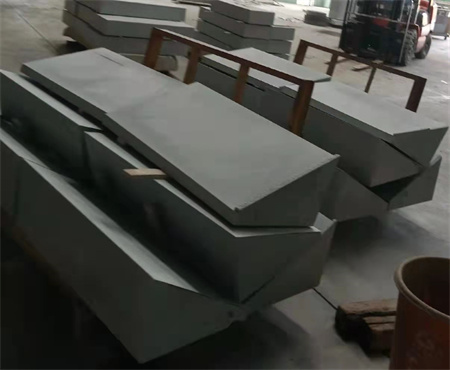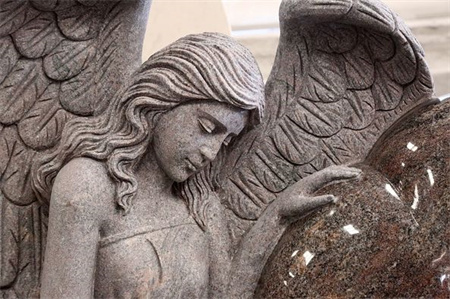Why Granite is Popular in Buddhist Memorial Design
Granite, with its timeless beauty and remarkable durability, has long been a material of choice in Buddhist memorial design. Its presence in temples, shrines, and memorial stones across Asia speaks volumes about its significance, not only as a physical medium but also as a symbol of enduring spirituality. Whether it’s a monument dedicated to a revered monk, a memorial stone honoring ancestors, or a serene sculpture within a temple courtyard, granite plays a pivotal role in bringing the solemnity and grace of Buddhist teachings into the material world.
One of the key reasons granite is so widely used in Buddhist memorials is its strength. In Buddhist philosophy, there is often a deep connection between the material world and the spiritual world. Granite, being one of the hardest natural stones, embodies this concept of permanence and resilience. Unlike softer materials that may erode over time, granite withstands the test of centuries, making it a fitting symbol of the Buddhist belief in the cycle of life, death, and rebirth. The ability of granite to endure the elements mirrors the Buddhist understanding of the impermanence of life—yet granite remains, a testament to the idea that certain truths transcend time.

The symbolic weight of granite in Buddhist culture cannot be overstated. The stone is not just a building material; it is an embodiment of the qualities of steadfastness and stability. In a world where everything is constantly changing, the use of granite reflects the Buddhist concept of Dharma—the eternal law that governs the universe. Granite memorials, especially those that commemorate the lives of monks or important figures in the Buddhist community, serve as a constant reminder to the living. They represent the eternal nature of spiritual teachings and the indelible mark that such teachings leave on the world.
Granite’s fine grain and texture also make it an ideal material for intricate carvings and detailed inscriptions. Buddhist memorials often feature calligraphy or images of deities, symbols of enlightenment, or serene Buddha figures. The smooth, uniform surface of granite allows for precise, clear carvings that maintain their definition over time, even in the face of natural weathering. The polished surface of the stone can symbolize purity and clarity, reflecting the Buddhist pursuit of enlightenment and inner peace.

Aesthetically, granite is incredibly versatile, able to take on a variety of finishes, from matte to high-gloss, depending on the desired effect. For some memorial designs, the stone may be left in its natural form, with its rough texture symbolizing the rawness of human existence. In contrast, other designs may involve highly polished granite, creating a mirror-like surface that reflects light and symbolizes the clarity of mind that Buddhists strive to attain. The varied finishes allow each memorial to carry its own unique expression, while still maintaining the core message of the Buddhist teachings.
The tradition of using granite in Buddhist memorial design is also rooted in practicality. In many regions of Asia, granite is abundant and easily accessible, making it a natural choice for large-scale projects. Furthermore, the ease with which granite can be sculpted allows artisans to create detailed representations of Buddha and other spiritual figures. The stone’s availability and malleability make it suitable for creating both small personal memorials and grand, awe-inspiring structures like stūpas and pagodas, which are common features of Buddhist temple complexes.
Beyond the symbolism and aesthetics, the enduring nature of granite offers comfort to those who visit Buddhist memorials. In times of grief or reflection, the stillness and solidity of a granite memorial offer a sense of peace and assurance. The stone, silent and unmoving, provides a space where the living can connect with the teachings of Buddhism, honor those who have passed, and find solace in the understanding that life continues in many forms.
In conclusion, the popularity of granite in Buddhist memorial design is not simply due to its physical properties, but also because of its profound spiritual symbolism. It represents both the unchanging nature of the Buddha’s teachings and the personal journey of enlightenment that each practitioner strives to attain. Granite, in its resilience and beauty, offers a powerful reminder of the eternal nature of the Dharma, the wisdom of the Buddha, and the continuity of life, death, and rebirth. Through this remarkable material, Buddhist memorials continue to serve as lasting expressions of reverence, reflection, and spiritual growth.





